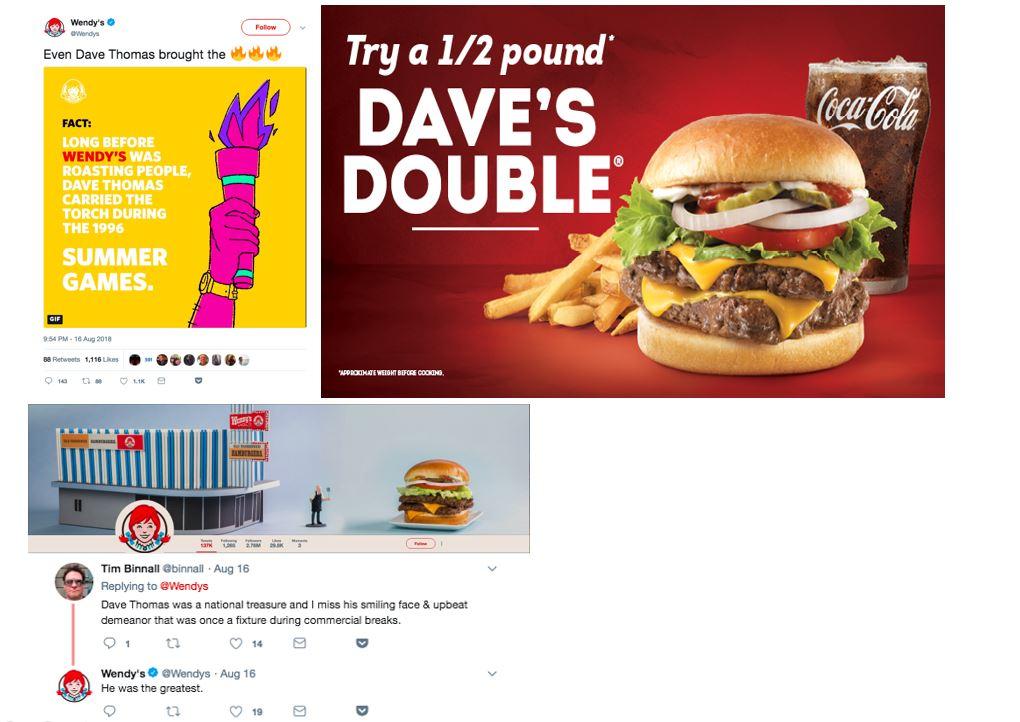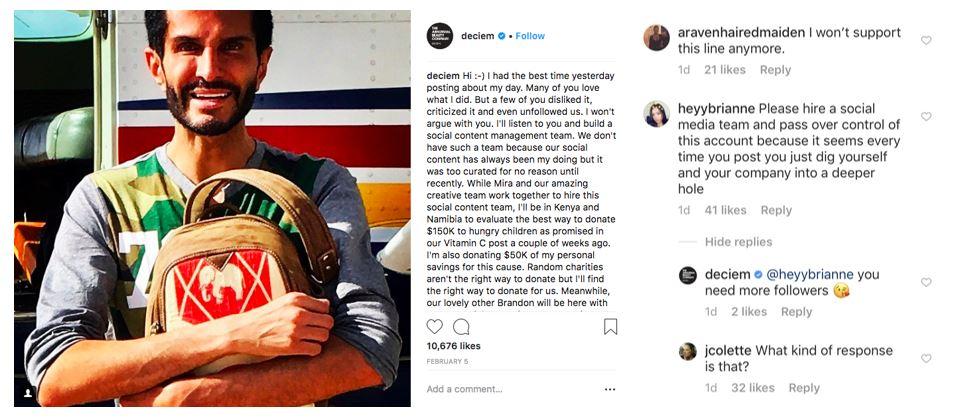

The images of visionary brand leaders gracing the covers of Fast Company and Forbes have begun to reveal a darker side to the fame and fortune of founders. In light of recent mishaps and missteps putting founders in the hot seat, brands are facing unforeseen challenges and impact brought on by their creators. Employee value proposition is one of the most important topics in this case.
With more attention and pressure on founders than ever, responding with resilience to contingencies is essential – but how can brands grow, change and evolve for the better beyond detours and bumps in the road?
Creating a brand that is underpinned by unique yet replicable values offers customers and employees a means to take part in achieving the brand vision. The replicability of values can be determined by asking: how easily can employees and customers internalize and express the values of your brand in the words they use and the actions they take?

Take Wendy’s for example. What began as one man’s dream to open a hamburger restaurant evolved into a mission to bring the best quality food served by thefriendliest of people. Following the passing of Dave Thomas, Wendy’s ran a spot called “We’ll always do it Dave’s way” with the following message:
“Dave loved two things above all else, food and people. That’s why he started Wendy’s. He believed in a place where you get great food, made fresh, served by nice people. At all our restaurants we do our best to carry on that simple idea, every day. It’s his legacy. Our name is Wendy’s, but we will always be Dave’s place.”
Dave understood that customer loyalty is earned when the brand stays true to their brand values. Properly communicating such values to consumers can translate to very tangible effects on a company’s market performance, as evidenced by Wendy’s, whose shares are currently the highest they’ve ever been in the last ten years. More than a decade after his departure, Dave’s spirit and the values behind the brand are still thriving in the form of menu items, memes, and brand loyalists throughout Wendy’s communications today:

Similarly, an outpouring of love and support for the Kate Spade brand took place in the wake of the death of its founder. Invoking the bright colors & polka-dotted charm of the brand, many fans and customers recalled Kate Spade as their first designer handbag after starting their first job or moving to New York City. Despite stepping down as designer from her namesake brand in 2007, Spade’splayful sensibility and sparkling wit still resonates with her customers. With each bag designed to evoke the unique values of the brand, Kate Spadeand the legacy of the founder outlasts her departureas indicated by strong 4th quarter earnings reports.
In his book Designing your Zag, Marty Neumeier defines stickiness as “a brand’s ability to own a distinct meaning in people’s minds” and stretchiness as the ability for a brand to “extend its meaning without breaking”. Whether it is quality food served by friendly people or playful sophistication, having clear values affirms a brand’s level of stickiness and stretchiness in the minds of their customers.
During the transition following the resignation of John Schnatter, Papa John’s issued a statement in response to the damaging words & actions of its founder:
“We are not, nor should we be, dependent on one person. Papa John’s is 120,000 corporate and franchisee team members around the world. Stakeholders, including customers, franchisees, employees, and investors, have expressed strong support for the actions we have taken to separate our brand from Mr. Schnatter.”
Banking on the singular vision of a brand founder can be a temperamental undertaking. When little separation exists between the identity of a brand and that of its founder, an identity crisis is bound to befall the brand. In an age when audiences seek to identify with the personality of the brands they pledge their allegiance to, the voices of employees and customers have become ever more valuable to amplifying brand truths.
A closer look at the approaches taken by beauty brands Glossier and Deciem, for example, manifests the benefit of entrusting followers with the brand versus the danger of silencing followers. Formerly regaled as a challenger and innovator in the crowded skincare space, Brandon Truaxe, CEO of Deciem and its parent company The Ordinary, is now in the limelight for firing his co-founder and social media team and staging a hostile takeover of the brand’s social media to proclaim his personal commentaries, zeal, and criticisms directed at customers and even other beauty brands.

On the other hand, Glossier promotes its image and brand personality not through one singular founder, but via the collective voice of loyal fans. In a recent interview, Glossier founder Emily Weiss shared, “We have always believed that every single one of our customers is an influencer. The brands of the future are going to be co-created.” The beauty brand makes good on Weiss’s vision through cultivating a thriving community of “Glossier Girls” who promote their favorite products for commission, partake in product feedback sessions, and are regularly featured on the brand’s social media. With more than 500 Glossier reps to date, the brand is driven forward by a harmony of customer voices that interpret the brand in their own meaningful ways.
Inclusion of customer and employee voices is an effective antidote to avoiding a brand identity crisis. Enrolling customers and employees in the brand brings a level of accountability and integrity to the vision. While a founder defines the vision of the brand, achieving the brand vision requires joining forces with brand followers who can build upon the foundation of the brand DNA.
It’s commonplace to see today’s brand founders reach celebrity status. On a few rare occasions, a founder will transcend a brand to become the face of an entire category or industry. Those brands are extolled for representing the highest form of ingenuity, both figuratively and literally, promising to elevate the human race to a next epoch where living on other planets is a real possibility.
Establishing these founders as the one and only north star, however, is far from being a sustainable path. The risk becomes great when brand founders buy into their own legend, believing theycansingle-handedly change the future. We’ve seen it happen with the king of advertising Martin Sorrell, formerly the founder of the world’s biggest ad and marketing holding company W.P.P., and we haveheard speculative predictions of what the future may hold for Tesla in response to a series of red flags raised by Elon Musk.
For some brand founders, hitting rock bottom and relinquishing control to trusted counterparts is what it takes to rise from the rubble. The firing and returning of Steve Jobs from Appleserves as a foretelling parable, offering a beacon for brands today. Ousted in 1985 by the very brand he founded, Steve Jobs had created a name for himself as being visionary but volatile. In a twist and turn of events, Jobs returned in 1997 to salvage the then floundering Apple – except this time he found a team of people he could trust like Jony Ive and Tim Cook, to whom he began delegating his power.
The massive rebound to become the Apple brand we know today is due in no small part to distributing the power structure to ensure lateral vision. Welcoming alternative viewpoints to guide the course as custodians of the brand ensures a level of empathy both wide and deep enough to engender internal employee engagement needed for growth, and to meet customer expectations across multiple touchpoints.
While unexpected setbacks are inevitable, the way in which brands adapt is what can make for an even stronger comeback. For brands, paving the path for a comeback begins with reinforcing the values that the brand does (and doesn’t) stand for, and is sustained by harnessing the power of an emotionally connected customer base and finding the right partners to lead with. With these elements in place, the essence of the brand and vision set by its originator are destined to have the greatest chance at being preserved and expressed through any ups and downs with the utmost integrity.
A Labbrand Group Company © 2005-2024 Labbrand All rights reserved
沪ICP备17001253号-3To improve your experience, we use cookies to provide social media features, offer you content that targets your particular interests, and analyse the performance of our advertising campaigns. By clicking on “Accept” you consent to all cookies. You also have the option to click “Reject” to limit the use of certain types of cookies. Please be aware that rejecting cookies may affect your website browsing experience and limit the use of some personalised features.